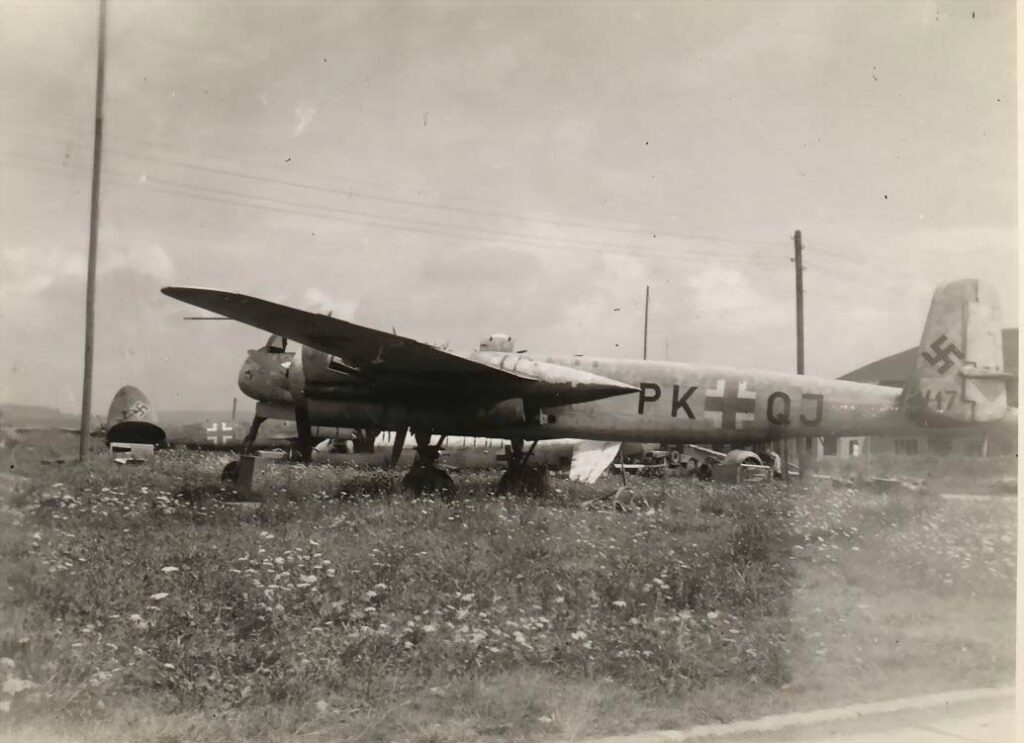The Heinkel He 219, a German WWII night fighter, was advanced for its time with radar technology and impressive armament.
This article provides a detailed analysis of the Heinkel He 219, a German night fighter from World War II, known for its advanced technology and effectiveness. It discusses the context of its development during the war, highlighting the need for a capable night fighter against Allied bombers. The He 219’s design incorporated innovative features, including radar and powerful armament. Its performance is evaluated in terms of engine capabilities, speed, altitude, and range, comparing it with contemporaries. The article also covers its military use, detailing its armament, combat roles, and effectiveness in operations, while comparing it with rival aircraft. The conclusion reflects on the He 219’s impact on aerial warfare and its legacy in aviation history.
The Heinkel He 219 marks a significant chapter in the history of aerial combat, renowned for its role as a night fighter during World War II. This piece explores the development, design, performance, and combat history of the He 219, providing insights into its technological advancements and strategic importance.
History of the Development of the Heinkel He 219:
In the early 1940s, as World War II escalated, the German Luftwaffe faced increasing night-time bombing raids by Allied forces. The need for an effective night fighter became apparent, leading to the development of the Heinkel He 219. Initiated by Heinkel, a leading German aircraft manufacturer, the project aimed to produce a fighter capable of high performance and equipped with advanced radar technology for night operations.
The He 219 was a response to the Luftwaffe’s need for a sophisticated aircraft that could counter the growing threat of Allied bombers like the Lancaster and Halifax. The program was launched under the direction of Ernst Heinkel and first took to the skies in 1942, showcasing a new level of technological innovation in aircraft design and avionics.
Design of the Heinkel He 219:
The He 219’s design was groundbreaking for its time. It was a twin-engine aircraft with a length of 15.55 meters (51 feet) and a wingspan of 18.5 meters (60.7 feet). One of its most significant features was the inclusion of advanced radar technology, namely the Lichtenstein SN-2, enabling effective night-time operations.
The aircraft was constructed using a combination of metal and wood, a pragmatic approach considering the resource constraints of the war. It featured a pressurized cockpit and tricycle landing gear, uncommon in contemporary German aircraft.
The He 219 was equipped with a variety of armaments, including up to six 20mm cannons and two 30mm MK 108 cannons, making it a formidable adversary. However, its heavy armament and radar equipment added weight, impacting its maneuverability and speed compared to lighter fighters.

Performance of the Heinkel He 219:
Powered by two Daimler-Benz DB 603 engines, the He 219 had a power output of approximately 1,750 horsepower per engine. This enabled a top speed of around 580 km/h (360 mph) and a service ceiling of 12,000 meters (39,370 feet), with a range of 1,560 kilometers (970 miles).
When compared to Allied night fighters like the British Mosquito, the He 219 was slower but had superior armament and radar capability. Its performance was noteworthy for its time, particularly in terms of radar-assisted interception capabilities at night.
Military Use and Combat of the Heinkel He 219:
The He 219’s armament made it particularly effective against Allied bombers. It was used extensively in night-time air defense operations over Germany. The aircraft proved successful in intercepting and downing several Allied bombers, demonstrating its capabilities in real combat scenarios.
The He 219 faced competition from other night fighters and was sometimes outperformed in terms of speed and agility. It was not exported to other countries during the war, and its production was limited compared to other German aircraft of the era.
The He 219 was eventually phased out as the war progressed, replaced by newer models and designs. It was not in use post-WWII, as the aviation landscape rapidly shifted towards jet-powered aircraft.
The Heinkel He 219 stands as a remarkable example of technological advancement in aircraft design during World War II. Its development was driven by the specific needs of the Luftwaffe for an effective night fighter, and it met these challenges with innovative solutions, particularly in radar technology and armament. Although its operational life was relatively short and production numbers limited, the He 219 made a significant impact in the night skies over Europe, demonstrating the potential and importance of radar-equipped night fighters in aerial warfare. Its legacy continues to influence the design and capabilities of modern aircraft in the realm of avionics and night operation.
Back to the Warbirds section.